One of the great mysteries of European history is how for the best part of 700 years a family who produced so many complete duffers as the Habsburgs managed to play such a crucial role in world affairs. There was certainly the odd exception to the general rule, and some highly effective women; but it says a lot about a family that once controlled much of the Old and the New Worlds that at the end of this lucid and entertaining history Martyn Rady can offer up Dr Otto von Habsburg, the last ‘pretender’ to the Austrian throne and MEP for the Bavarian conservative CSU party, as the ‘best emperor the Habsburgs never had’.
One of the more mundane reasons for their remarkable durability in the early days was their canny gift for outliving their neighbours. From relatively modest beginnings in what is now northern Switzerland, the Habsburgs gradually expanded their lands and power through the early Middle Ages, marrying into some of the major Swabian families and then, when those family lines expired — what Rady nicely calls ‘the Fortinbras effect’ — scooping up estate after estate to give them the profitable control of the tolls and roads between France and northern Italy.
‘Who talks of victories’ — Rady quotes Rilke — ‘when to survive is all?’, and by the last quarter of the 13th century the Habsburgs were well placed to set the ultimate seal on their rise. The fragmentary structure of the Holy Roman Empire meant that their lands never added up to a consolidated whole, but in the chaos that followed the fall of the Hohenstaufen dynasty, Rudolph of Habsburg — 7’ tall with ‘a nose long enough to halt the traffic’ — succeeded in having himself elected ‘King of Rome’ and (though never crowned by the Pope) self-styled Emperor.
While the Habsburg triumph proved only short-lived, the one permanent contribution Rudolph did make was the addition of the duchy of Austria to the family lands. For the next 50 years the duchy played only a minor role in Habsburg ambitions until, when faced with a growing Swiss threat in their own backyard, the family shifted their court eastward to Vienna. Then, on the back of further marriages, fabricated pedigrees and forged charters, they re-invented themselves as heirs to the Austrian Babenberg rulers and to all the fantastical notions of Austrian exceptionalism that entailed. Rady writes:
Austria was not just a location. It was also a land whose rulers were predestined for greatness and government. Indeed, Austria was not really a land at all but a learned construction that brought together the themes of empire, mission, inheritance, and destiny. It signalled a set of beliefs about the ruling house that stood apart from geography. When the Habsburgs spoke of Austria, they were signalling an idea as much as a space.
According to Rady, this sense of destiny and mission is the clue to understanding the Habsburgs, and within 100 years of moving to Vienna they had a stage commensurate with their ambitions. By the end of the 15th century the Holy Roman Empire was virtually a hereditary fiefdom, and as the family continued to marry and expand, adding first Burgundian lands and then Spain, Portugal and the riches of the New World to their possessions, it seemed that the ‘extravagant delusions’ of the Emperor Maximilian were, in the person of his grandson Charles V, close to becoming a reality.
As at the end of the 13th century, their triumph was not all it seemed. But even as the Spanish Habsburgs, descendants of Juana ‘the Mad’, inbred their way to imbecility and extinction, the Vienna branch never lost their sense of self. Over the next centuries their idea of precisely what their imperial ‘mission’ entailed might change, but the one delusion the Habsburgs clung to in the teeth of political realities, chronic ineptitude and alternating bouts of fanaticism and inertia, was this mythical notion of destiny.
It is arguable that the intractable contradictions of their empire meant that nobody would have made a better fist of things; and yet it is still fair to wonder whether any other major dynasty has so persistently swum against the tide of history. It was one thing to take up ‘the shield of Christendom’ against the Ottoman infidel, but as champions of Roman Catholicism in an empire torn apart by the Reformation, as defenders of legitimacy in a world awakened by the French Revolution, as bureaucratic centralists in an ethnically, religiously and politically diverse empire or as imperial bulwarks against the contagion of nationalism, they seem endlessly doomed to failure.
Even as aspiring leaders of an emerging German nation they would fatally lose out to Bismarck’s Prussia; but as Rady shows the Habsburg ‘vision’ was never only political. The book opens with the great library of Charles VI in Vienna’s Hofburg, and combining a Winder-esque eye for anecdote with a very unWinder-like restraint, Rady is as good on the Habsburgs’ artistic and cultural legacy as he is on the politics.
Durer, Titian, Velazquez, Rubens — they all served the Habsburgs’ dynastic needs. And yet it is not so much as patrons, collectors or even builders that we come closest to them, but as funeral directors. While the physical legacy of the Habsburgs is all around us, nowhere speaks so eloquently as their ancestral sites of mourning. Speyer; the empty grave of Charles V at Yuste; the ‘Hammer Horror’ aesthetics of the Escorial’s royal tombs; the Augustinerkirche, with its stockpile of Habsburg hearts; above all, the astonishing scrap-metal yard of an imperial crypt in Vienna’s Capuchin monastery — these are the places that most potently evoke the heavenly hopes, worldly vanities and dynastic ambitions that fuelled the centuries of Habsburg rule.
On his death bed in 1790, that reforming zealot Joseph II ordered that the words ‘Here lies Joseph who failed in everything he undertook’ should be inscribed on his coffin. Not, as Rady insists, wholly fair on Joseph himself. But — nostalgia apart, and the 20th-century history of Europe gave every cause for nostalgia — as an epitaph on Habsburg dreams it would ultimately prove only too true.
Got something to add? Join the discussion and comment below.
Get 10 issues for just $10
Subscribe to The Spectator Australia today for the next 10 magazine issues, plus full online access, for just $10.
You might disagree with half of it, but you’ll enjoy reading all of it. Try your first month for free, then just $2 a week for the remainder of your first year.

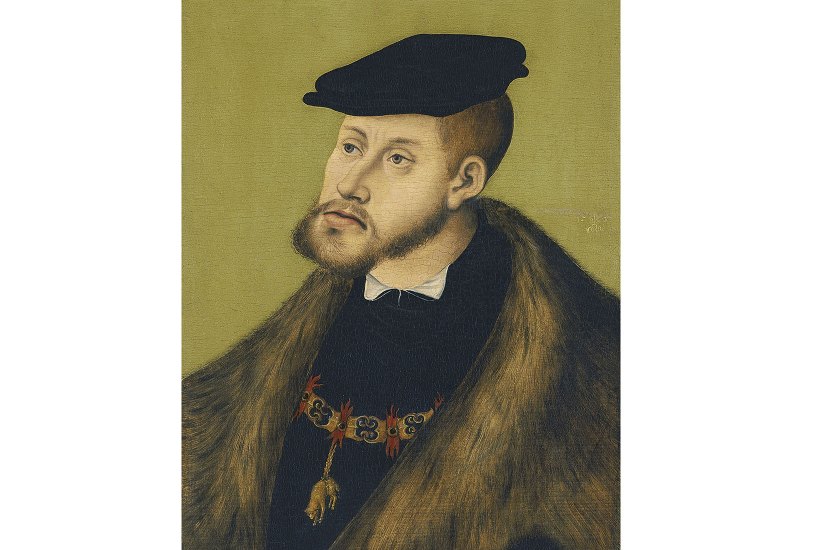
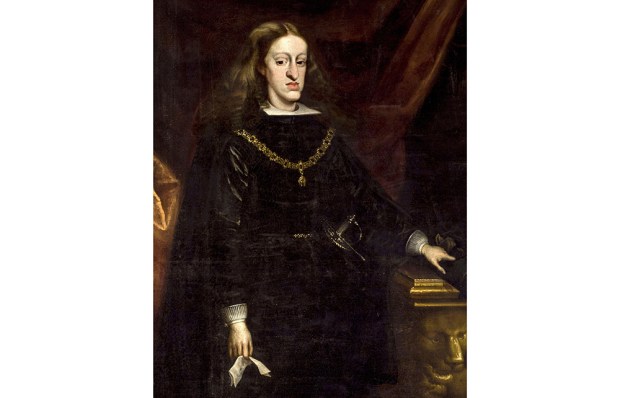
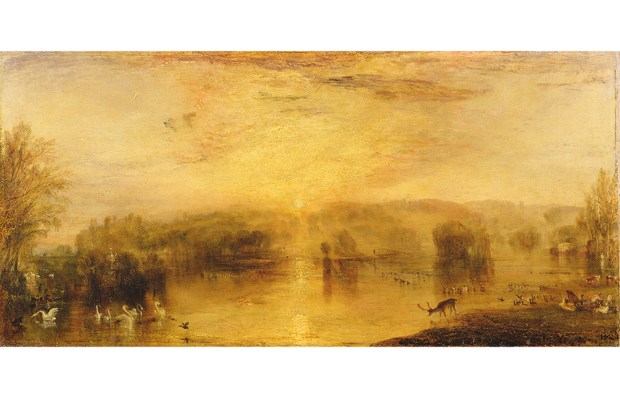
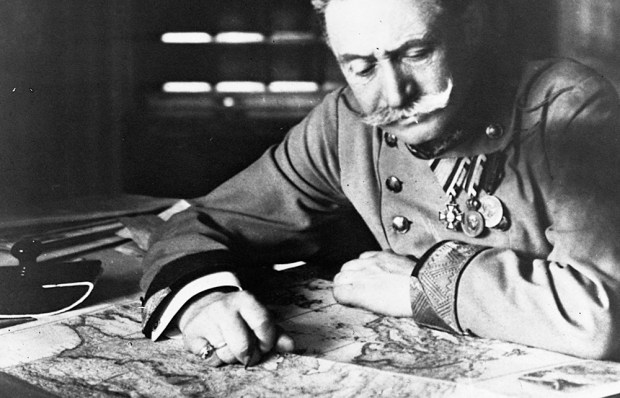


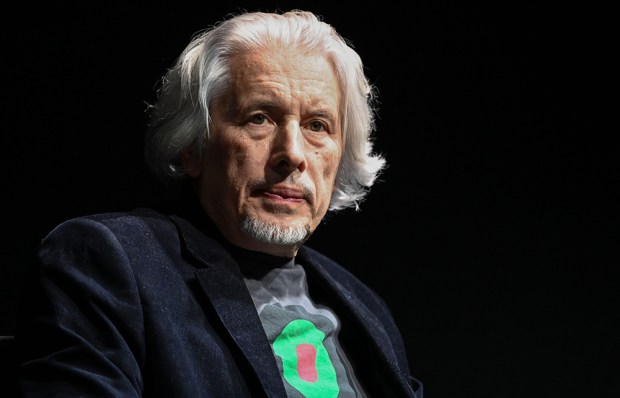






Comments
Don't miss out
Join the conversation with other Spectator Australia readers. Subscribe to leave a comment.
SUBSCRIBEAlready a subscriber? Log in